Guide to Food Safety

In the catering industry, food safety has never been more important. Food safety covers a range of issues and concerns from cross-contamination to intolerances and food allergies. With such a large scope, is it important to get to grips with food safety.
Why food safety is important
Recent stories in the media of people suffering reactions to ingredients not listed on food packaging have once again shed light on how commercial caterers ensure that their products are safe for people to eat.
Intolerances and allergies to certain foodstuffs appear to be more prevalent and with food safety, including cross-contamination, there are many potential flashpoints that could lead to serious illnesses and, in some cases, death.
Essentially, the customer is at the heart of what you do, and if there is an outbreak of food poisoning or a customer becomes ill due to eating a product that contains an ingredient to which they are intolerant, it will affect your reputation.
Customer safety and your reputation are at the heart of food safety guidelines and measures. Protect your business and customers by ensuring you are aware of the latest food safety guidelines.
FOOD ALLERGIES & INTOLERANCES
Food allergies have increased significantly in the last 30 years in the UK and many other industrialised societies. Exactly how large an increase depends on the food and where the person lives. For example, in the UK there was a five-fold increase in peanut allergies between 1995 and 2016. As yet, the reason for this hasn’t been determined.
In the UK, 7% of the child population has some kind of food allergy and adults are also realising that they too either have an allergy to a certain food or are intolerant of it.
Allergic reactions are caused by a person’s immune system reacting to a trigger that should otherwise be harmless. Food allergies are not always to ingredients that are obvious, such as eggs, but to ‘hidden’ ingredients such as powdered milk or lupin seeds in bread flour.
Protecting your customers from potential allergens is a legal requirement and failure to comply could lead to both criminal and civil proceedings. Under EU Food Information for Consumers Regulation No. 1169/2011, all allergenic ingredients must be clearly listed for the consumer. Even when not packaged, products must be clearly labelled or indicated as possibly containing certain ingredients. Currently, the list includes:
- Cereals containing gluten
- Crustaceans (prawns, crabs, lobster and so on)
- Eggs
- Fish
- Peanuts
- Soybeans
- Milk, including lactose
- Nuts such as almonds, hazelnuts, cashews, pecan nuts, Brazil nuts and so on
- Celery, including celeriac
- Mustard
- Sesame
- Sulphur dioxide or sulphites, commonly used as a preservative
- Lupin, including seeds and flour, which is found in some pastries, pasta and breads
- Molluscs such as mussels, whelks, oysters, snails and squid
Avoiding food allergen accidents
Allergies can kill. To avoid accidents, allergens must be clearly labelled on packaging and menus. It is also important that you know where your ingredients are from and what they contain.
Many food businesses are now providing allergen-free food, something that many are finding bolsters their reputation for taking their customers’ needs seriously.
Encouraging customers to communicate their allergies or intolerances is important too. This includes encouraging diners to contact the restaurant before they eat to flag up ingredients that cause potential reactions as well as checking what ingredients are included in dishes.
Handling potential allergens
It is important that staff are trained to understand allergens and how to handle them correctly. In severe allergic reactions, it takes only the merest hint of the ingredient to cause a reaction. Therefore, you should:
- Store foods correctly - consider a colour-coded system of storage, including shelving, labels and containers
- Cleaning schedule – residual foodstuffs on worktops and equipment can cause an allergic reaction and so making sure that food preparation areas are regularly and thoroughly cleaned is essential. Likewise, it’s important to make sure that they remain clean during busy service periods.
- Training - training staff in hygiene and potential allergens is important too. Knowledgeable staff safeguard your customers and business.
- Source - be confident in where your ingredients are coming from and whether the supplier handles allergens efficiently.
- Waste management - take care with disposal and how allergens are managed throughout the entire process, from shelf to dish to waste.
CROSS CONTAMINATION
Food poisoning occurs when food is not stored or handled correctly. This leads to cross-contamination. In the majority of cases, this can be avoided with good hygiene but also knowledge of food safety.
In the kitchen and food prepping areas, food contamination can happen quickly and without people noticing, especially if the equipment is not available to ensure certain foodstuffs, such as raw and cooked meats, are kept separate.
In the kitchen
Preventing cross-contamination can be aided by colour-coded equipment, essential in busy food service and prepping areas.
Colour-coded utensils and equipment are not a legal requirement in the UK but it’s a practice that’s been adopted widely. A colour is assigned to certain foodstuffs with specific coloured items only used with certain food.
For example, red chopping boards and red-handled knives, tongs and other equipment to be used with raw meat only, green for vegetables, yellow for raw fish, blue with cooked meat and so on.
Whichever colour-coded system you decide on, you should train your staff in the correct use of it as well as making sure there are plenty of prompts around the foodservice and prep area.
Across the rest of your establishment
Colour-coded equipment isn’t just useful in the food prepping area. Different coloured cleaning cloths, for example, help to minimise the spread of bacteria when cleaning the bathrooms or serving area.
Widely adopted by caterers, schools, colleges and healthcare environments, colour-coded systems for equipment has proven an effective measure against cross-contamination.
Don’t leave food safety to chance. Train staff and have systems in place that minimise the potential for foods to come in contact with other ingredients or bacteria that could cause illness or a life-threatening allergic reaction.

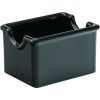
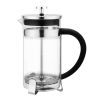
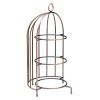
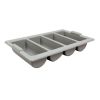



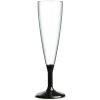


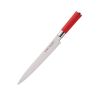


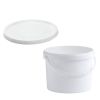
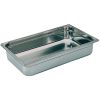
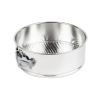
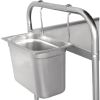
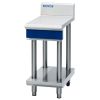
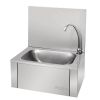
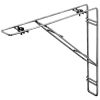
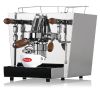
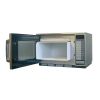
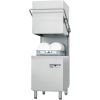
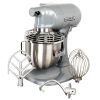
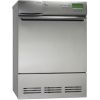

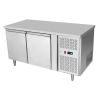
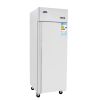
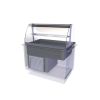
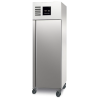

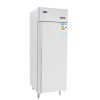


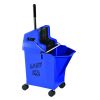

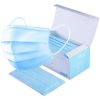



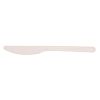

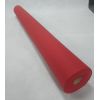




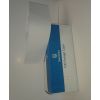

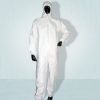

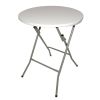
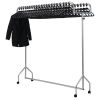
Leave a Comment